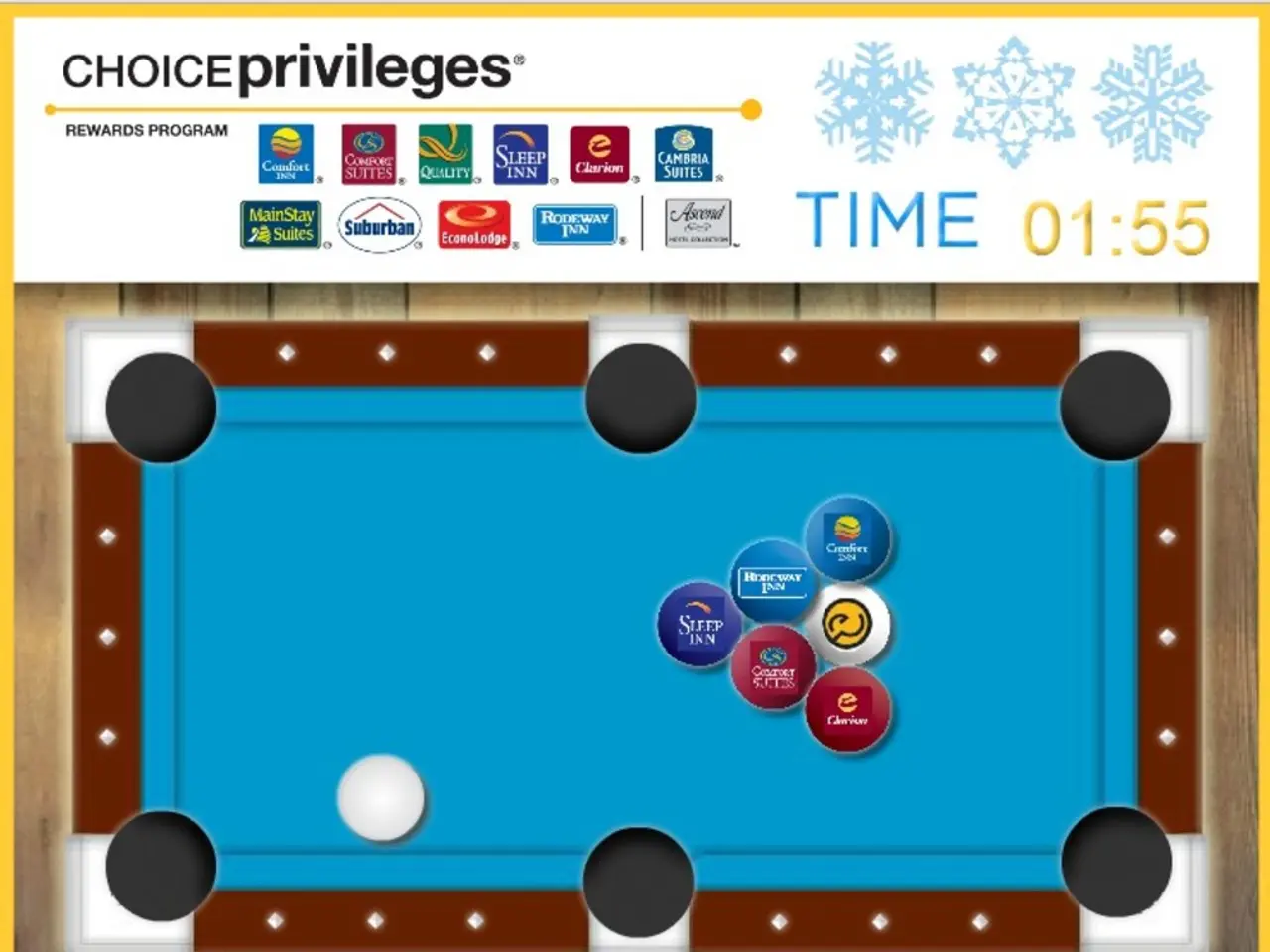Estimation Process for Outsourced Artwork Creation • RocketBrush Studio
In the realm of game development, the creation of top-notch game art and graphical assets plays a crucial role in bringing a project to life. Here's a breakdown of the estimation process for game art, including concept art, character art, and other graphical assets, as undertaken by a high-standard game art studio.
## Estimation Process
1. **Scope of Work**: The complexity and quantity of assets required significantly impact the overall cost. Detailed assets like high-poly character models and intricate environments are more expensive than simple props or fewer assets.
2. **Level of Detail and Size/Resolution**: Higher detail levels and resolutions require more time and skill, increasing costs. For instance, photorealistic human models or detailed environments are more expensive than low-poly assets.
3. **Art Style**: The specific art style required for the project, such as hand-painted, low poly, fantasy realism, or realism, influences the time and skill required.
4. **Visual References**: Providing clear visual references helps studios understand the desired aesthetic and complexity, ensuring accurate cost estimation and alignment with project goals.
5. **Timeline and Team Size**: The project timeline and the size and expertise of the team assigned to the project impact costs.
6. **Engagement Model**: The chosen engagement model (fixed-cost, hourly rates, dedicated hiring, etc.) influences how costs are structured and managed over the project duration.
7. **Studio Expertise and Location**: The expertise and reputation of the studio, as well as its geographic location, impact pricing due to differences in rates and operational costs around the world.
## Providing Visual References
1. **Mood Boards**: Mood boards help communicate the project's creative direction by compiling images that evoke the desired mood or style. 2. **Reference Images**: Sharing specific artwork or design elements as references ensures that the studio understands the desired level of detail and aesthetic. 3. **Style Guides**: Detailed style guides can help ensure consistency across the project.
## Level of Detail and Size/Resolution Considerations
1. **Polygon Count**: For 3D models, the polygon count affects the level of detail and rendering performance. Higher polygon models are more detailed but also more expensive. 2. **Texture Resolution**: Higher resolution textures require more work and resources, impacting costs. 3. **Animated Elements**: Adding animations increases complexity and cost.
## Additional Nuances
1. **Platform Considerations**: Assets may need to be optimized for different platforms, which can affect resolution, polygon count, and texture sizes. 2. **Reusability**: Assets that can be reused across multiple projects or platforms may offer cost savings long-term. 3. **Feedback Loops**: Regular communication with the client to ensure that the project meets their expectations can avoid costly revisions later on.
By considering these factors, a high-standard game art studio can provide accurate estimates and deliver high-quality graphical assets that meet the client's needs. To begin the process, visual references, the number of graphical assets needed, the deadline for the work, and the game's genre and any inspirations should be provided. The estimation request can be made through the provided website or forms. The company looks forward to creating top-notch game art and graphical assets for the partner.
In the realm of smart-home technology, the quality and quantity of devices required significantly impacts the overall cost. Detailed devices like high-quality speakers and intricate security cameras are more expensive than basic plugs or fewer devices.
Gadgets such as smartphones, tablets, and smartwatches utilize advanced technology, making them more expensive due to the higher level of detail and resolution they display, compared to simple mechanics in traditional timepieces.




